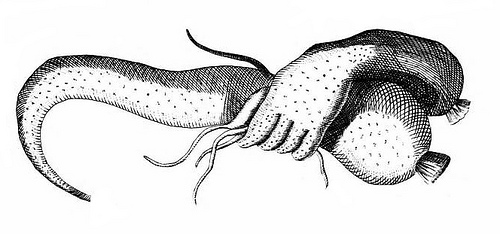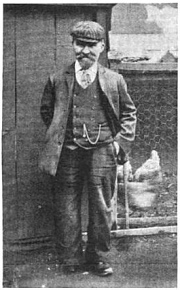At 1:17 one afternoon a canoeist left his riverside camp and paddled upstream at 4 mph against a current of 1.5 mph. At 2:05 he passed a corked bottle floating downstream and noticed that it contained a message. He paddled some distance further but finally couldn’t help himself — he turned around and paddled after the bottle. He caught it just as it reached his camp. The message read:
HOW FAR DID YOU GET FROM CAMP BEFORE YOU GAVE IN TO YOUR CURIOSITY?
“There is no reason why the camper should have paid any attention to this odd message, but you know how these things are,” writes Geoffrey Mott-Smith in Mathematical Puzzles for Beginners and Enthusiasts (1946). The camper had noticed a landmark at the point upstream where he’d turned around, so he was able to measure the distance the next day. But he could have reasoned the thing out from the facts. Can you?





